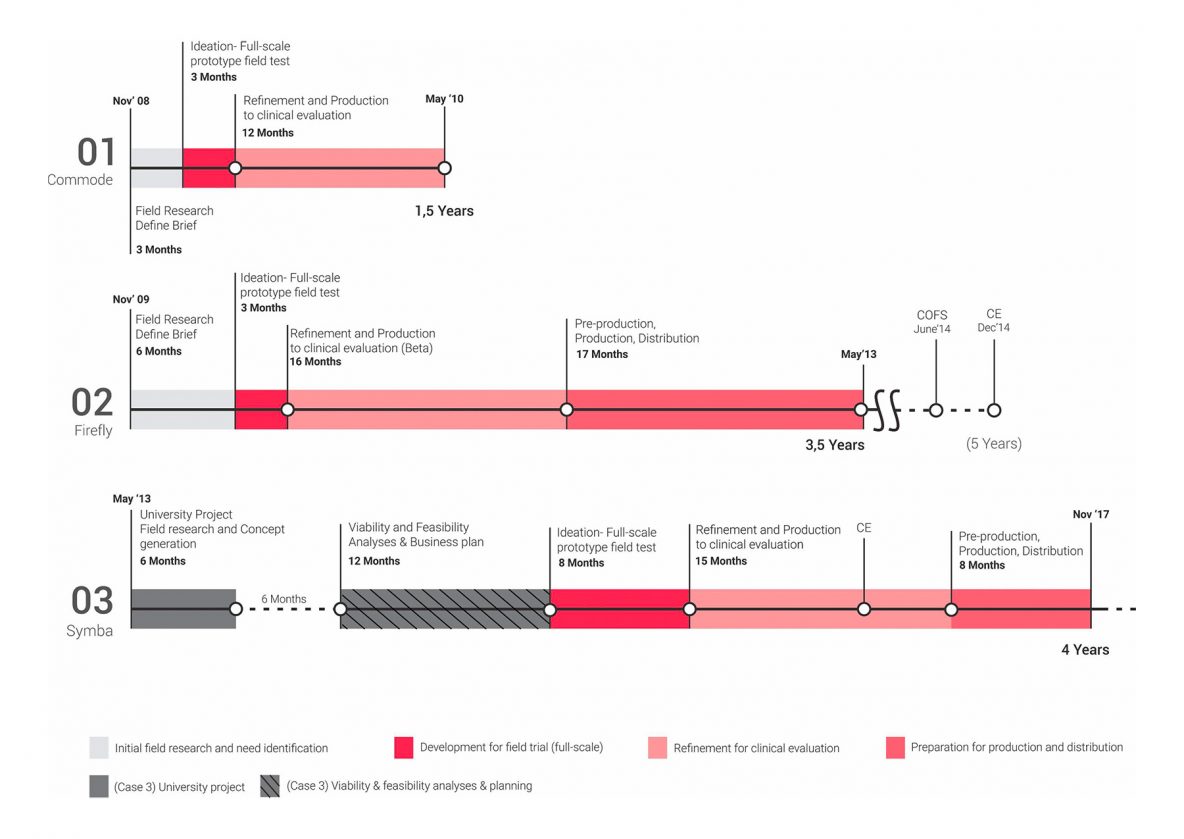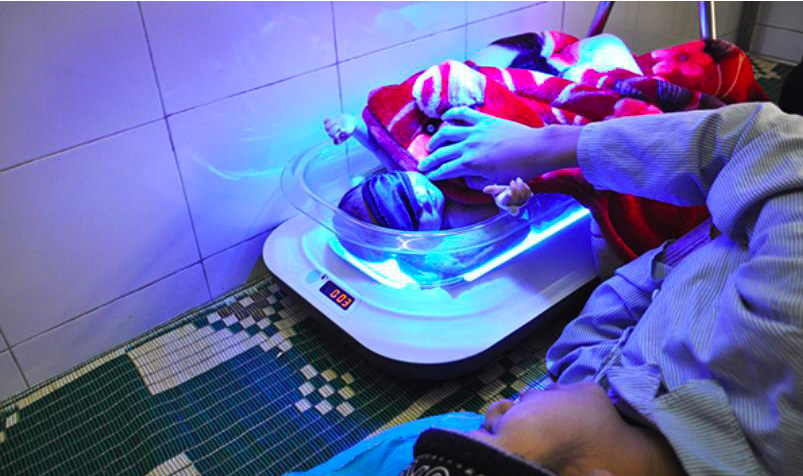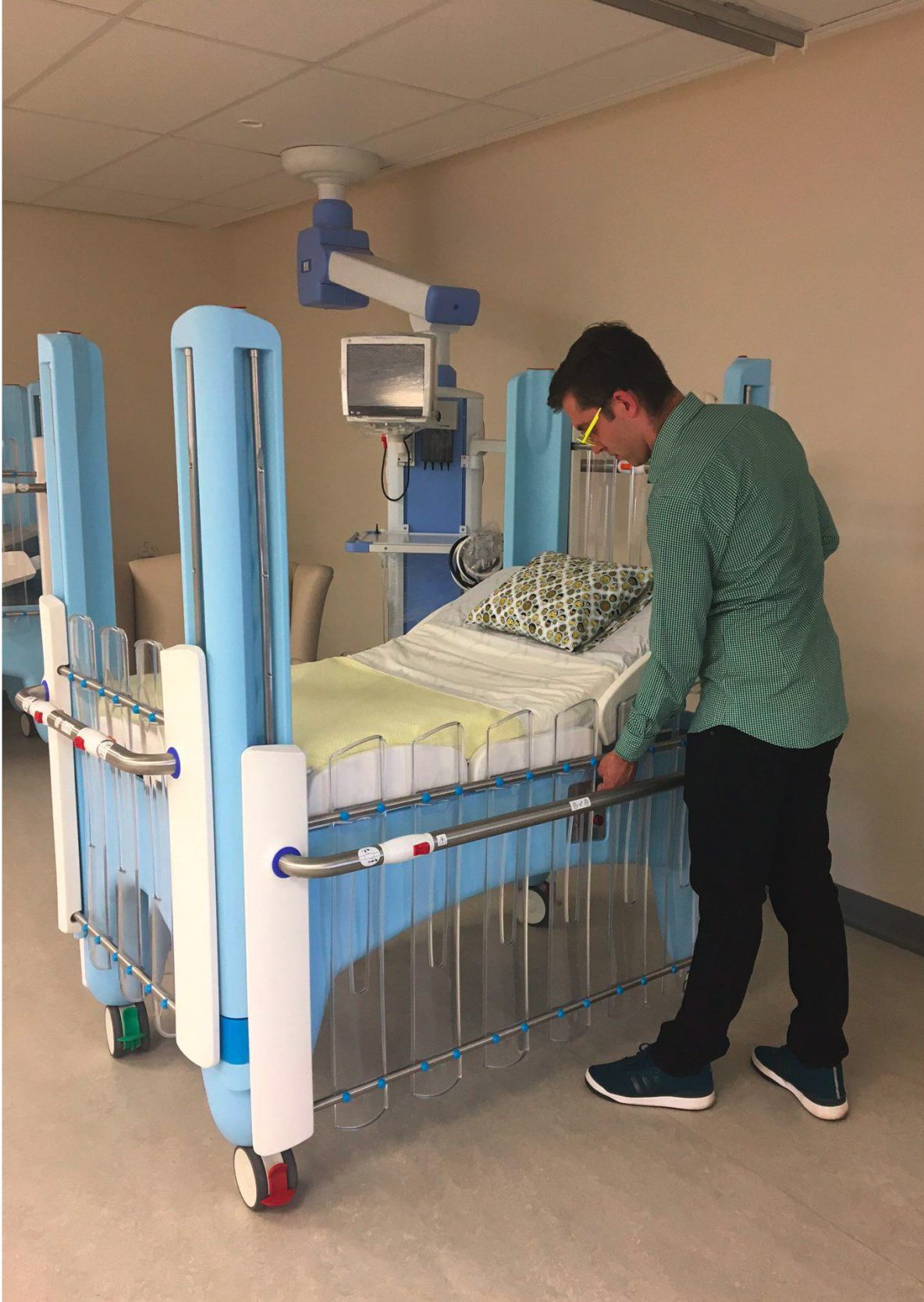This research-on-design orientated Master’s in Design by Ashton Moseley was focused on exploring the complexity of getting medical devices to market, particular consideration was made for paediatric medical device design in the South African context. Ashton graduated Cum Laude and received the Chancellors Medal for Most Merritorious Postgraduate Student in the Faculty of Art, Design and Architecture in 2019. I was the supervisor for the project.
Overview:
There is a global need for improved, appropriate medical devices (MDs) particularly in low and middle-income countries (LMICs). The medical device industry is one of the fastest growing and most vital and dynamic sectors of the global economy, yet South Africa’s medical device industry is relatively underdeveloped, constituted mostly by multinational subsidiaries, importers and distributors with very little local design and manufacture of MDs. The lack of medical device development (MDD) in South Africa is attributed to the complexities of designing for healthcare, such as navigating regulatory controls and certifications, and a myriad of end-users and stakeholders; the lack of formal MDD training in South African institutions; and until June 2017, the absence of a medical device regulatory framework/body in the South African context.
This study began with an in-depth literature review, analysing, comparing and synthesising the work and MDD process models of 10 authors, contextualising and defining the MDD process as defined in the existing literature. The review and synthesis of the existing literature identified that although MDD process models have been defined: none of them describe the South African MDD regulatory landscape; most describe the MDD process from an engineering or business perspective rather than a design point of view; and none made mention of the affect designing for paediatrics has on the process. This study therefore aimed to define a design process model with the purpose of generating design knowledge that better enables local industrial designers in navigating paediatric MDD in the South African context.
Using a retrospective multiple case study method, three industrial design-led MDD processes were investigated, documented and analysed. The three selected cases included:
- PearsonLloyd’s DBO Commode designed in a high-income country (HIC) for HICs
- Design that Matters’ Firefly, a newborn phototherapy device designed in a HIC for low to middle income countries (LMICs)
- Praestet’s Symba, a hospital cot designed in South Africa for HICs and LMICs
Each process was summarised and presented in three visual formats (summary table, project timeline and process model). The models were then analysed and compared to the existing MDD process literature, and each other, in order to identify distinct overlapping qualities, similarities and/or differences. Finally, using abductive thinking and synthesis, data from the three models and the existing literature were interpreted and developed into a design process model more suited to the South African context.
For more information contact Ashton Moseley. For her professional design porfolio visit Behance here, and for Ashton’s Research Gate profile here.
Outcomes:
- After completing her Master’s Ashton’s temporary Assistant Lecturer contract was converted to a full-time Lecturing post in the UJ Department of Industrial Design.
- Ashton was awarded the Chancellors Medal for Most Merritorious Postgraduate Student in the Faculty of Art, Design and Architecture in 2019.













